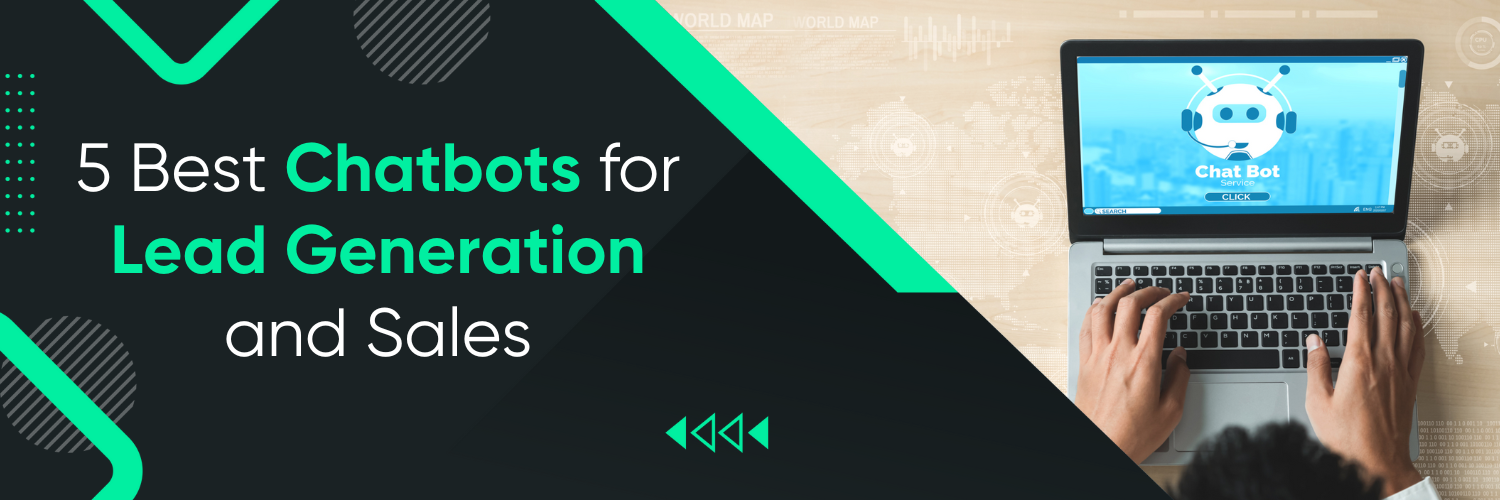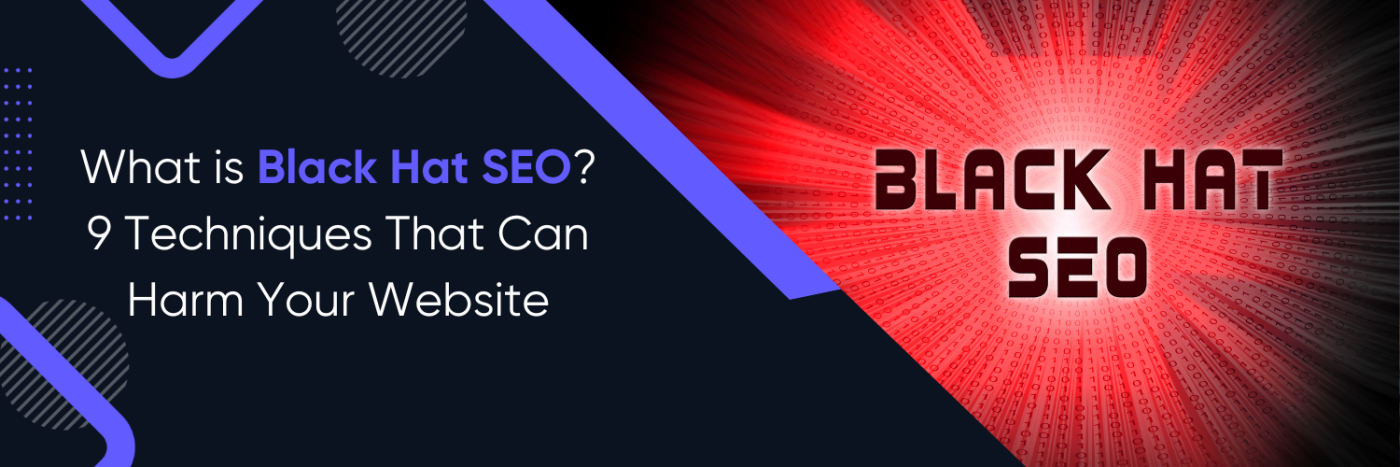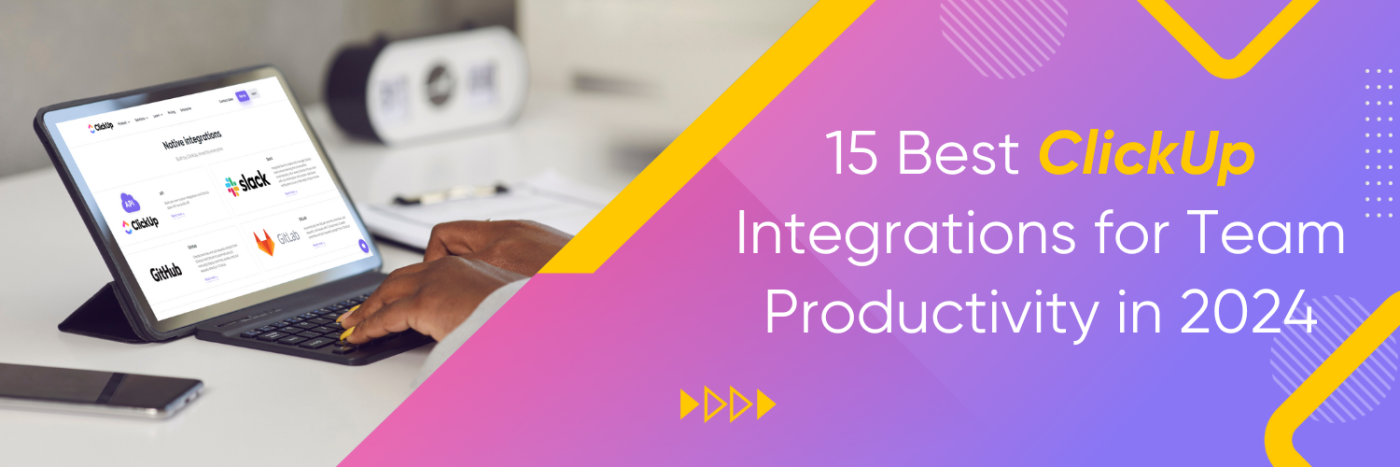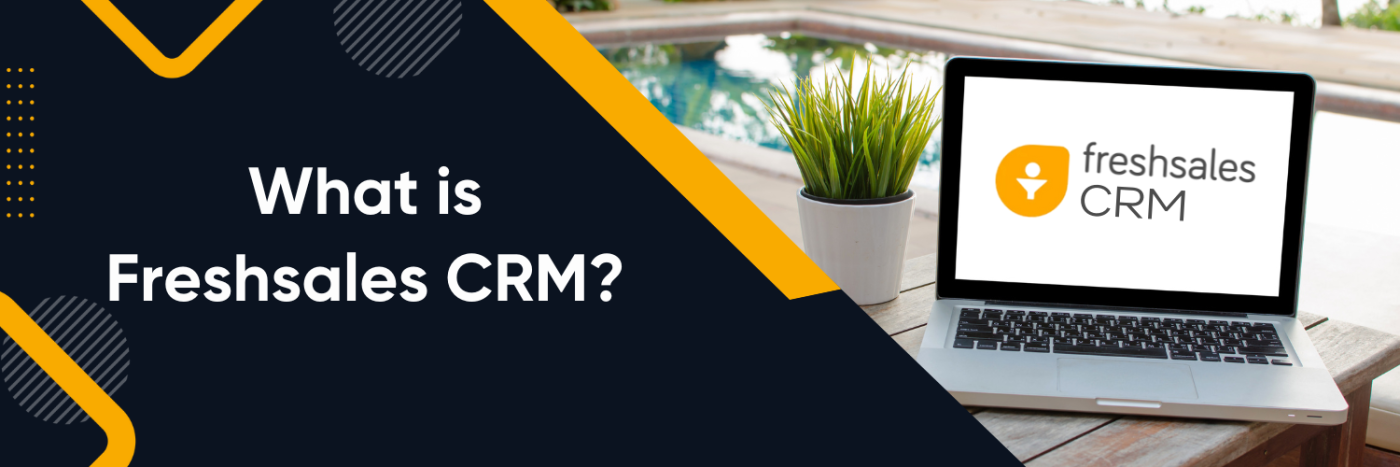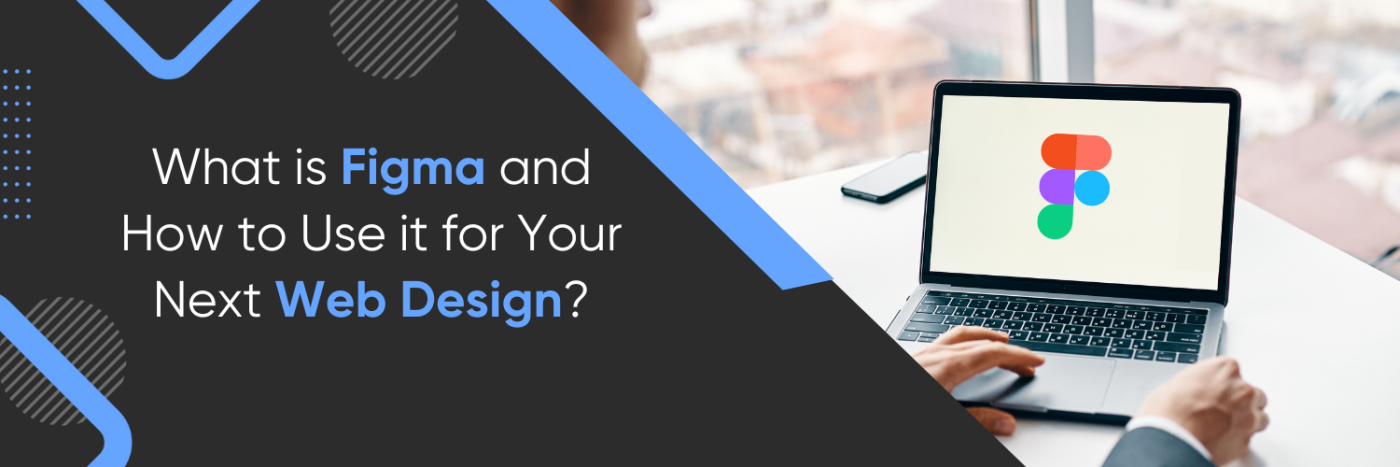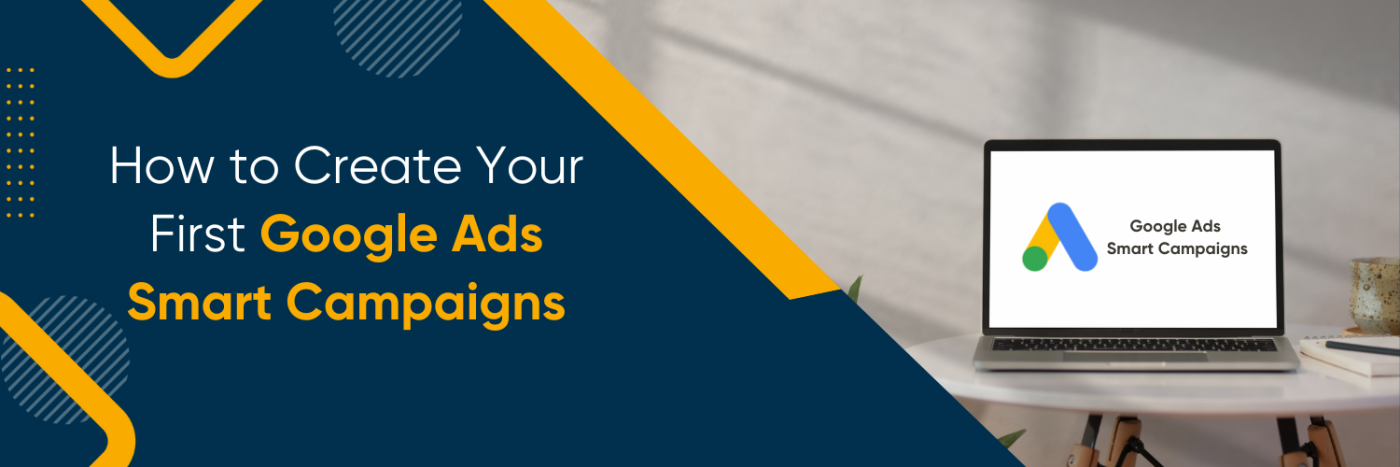Chatbots Overview

In recent years, chatbots have become an indispensable part of the business landscape. They evolved from simple rule-based bots that follow scripted responses to sophisticated AI-powered systems capable of understanding and interacting with users in a more human-like manner. Companies across various industries are embracing chatbots due to their ability to automate interactions, thereby increasing efficiency and enhancing customer experience.
The Importance of Lead Generation and Sales Chatbots

Lead generation and sales are the lifeblood of any business, and chatbots have emerged as effective tools in these domains. Chatbots provide a round-the-clock service that can capture leads, qualify them, and even convert them into customers. This continuous interaction with potential customers offers an excellent opportunity to boost sales while reducing the workload on human agents.
What Are Chatbots?

Chatbots are software applications designed to simulate human conversation. Users interact with chatbots via text, voice commands, or both. These bots can be rule-based (programmed to respond to specific inputs) or AI-based (utilizing Machine Learning and Natural Language Processing to understand and respond to a wide range of inputs).
How Chatbots Work

Chatbots function by recognizing user input (questions or commands) and returning appropriate responses. They can be programmed with predefined responses or, in more sophisticated versions, utilize AI to learn from past interactions and provide more accurate responses over time.
Benefits of Using Chatbots for Businesses

Chatbots offer numerous benefits. They provide a cost-effective way to handle high volumes of customer interactions, improve customer engagement, offer personalized experiences, and provide instant service to customers. Moreover, the data gathered by chatbots can be analyzed to gain insights about customer behavior and preferences, further helping businesses improve their services.
Chatbots are AI-powered virtual assistants that have evolved significantly over the years. They have become a vital tool for businesses to streamline operations, enhance customer experience, and stay competitive. Below are five prominent benefits of using chatbots in business environments:
- Improved Customer Service: Chatbots are available 24/7, ensuring that customers receive instant responses to their queries at any time. This leads to higher customer satisfaction levels, as customers do not have to wait for extended periods to receive support.
- Cost Savings: Employing chatbots can lead to significant cost savings for businesses. By handling a large volume of customer queries, chatbots reduce the need for a large customer service team, which in turn decreases labor costs. Additionally, chatbots can handle multiple customer interactions simultaneously, which is not possible for human agents.
- Personalized User Experience: Chatbots can be programmed to provide personalized recommendations and responses to customers based on their past interactions and preferences. This level of personalization enhances the customer experience, leading to increased customer retention and loyalty.
- Data Analytics and Insights: Chatbots can collect and analyze data from customer interactions, which can be incredibly valuable for businesses. Analyzing this data can reveal trends and insights into customer behavior and preferences, which can then be used to make data-driven decisions and improve products and services.
- Efficient Lead Generation and Nurturing: Chatbots can be an effective tool for generating and nurturing leads. By engaging website visitors in conversation, chatbots can gather information about potential customers and their interests. They can also guide users through the sales funnel by providing relevant information and even scheduling appointments with sales representatives.
Key Features of Effective Lead Generation and Sales Chatbots
Effective lead generation and sales chatbots possess several key features that contribute to their success. Here are some of the essential features:

Natural Language Processing (NLP)
Natural Language Processing is a fundamental feature of successful lead generation and sales chatbots. NLP enables chatbots to understand and interpret user queries accurately, regardless of their wording or language nuances. By leveraging advanced NLP algorithms, chatbots can analyze the context, intent, and sentiment behind user messages, allowing them to provide relevant and meaningful responses. This capability creates a more natural and engaging conversation, enhancing the user experience and increasing the chances of converting leads into customers.
Personalization
Personalization is a critical aspect of effective lead generation. Chatbots equipped with personalization capabilities can gather and analyze user data to deliver tailored recommendations and solutions. By understanding the needs, preferences, and behaviors of individual leads, chatbots can offer relevant products, services, or content, creating a personalized experience that resonates with the user. This level of personalization helps build trust, increases engagement, and improves the overall conversion rate, as leads feel that their specific needs are being addressed.
Proactive Engagement

Proactive engagement is a powerful feature that sets apart highly successful lead-generation chatbots. Rather than waiting for users to initiate a conversation, proactive chatbots take the initiative to engage potential leads in relevant discussions. These chatbots can identify specific triggers, such as the amount of time spent on a particular webpage or specific actions taken, to initiate conversations and offer assistance. By proactively reaching out to leads, chatbots can capture their attention, address their queries, and guide them through the sales funnel. Proactive engagement significantly improves lead conversion rates and helps businesses make the most of their lead-generation efforts.
Lead Qualification
Effective lead-generation chatbots go beyond simply capturing leads; they also possess lead qualification capabilities. These chatbots are designed to ask targeted questions and collect relevant information to assess the level of interest and readiness to purchase potential leads. By qualifying leads based on predefined criteria, chatbots can prioritize and segment them accordingly. This qualification process enables sales teams to focus their efforts on high-quality prospects, ensuring that valuable resources are utilized efficiently and increasing the likelihood of successful conversions.
Seamless Integration

To maximize efficiency and streamline the lead generation process, chatbots should seamlessly integrate with existing customer relationship management (CRM) systems and other tools. The integration allows chatbots to access and update lead information in real-time, sync data across platforms, and provide a seamless experience for both the chatbot and sales teams. With seamless integration, chatbots can retrieve relevant customer data, history, and preferences, enabling them to deliver personalized and contextually relevant interactions. This integration also facilitates the smooth handover of leads to sales representatives, ensuring a seamless transition throughout the sales process.
Multichannel Capabilities
Effective lead generation and sales chatbots are not limited to a single channel; they can operate across various platforms and channels, including websites, messaging apps, and social media. This multichannel capability allows businesses to engage potential leads wherever they are, providing a consistent and cohesive experience across different touchpoints. Whether a lead interacts with a chatbot on a company’s website or a messaging app, the chatbot can capture and nurture the lead, guiding them through the sales funnel. By reaching leads on their preferred channels, businesses increase their reach, generate more qualified leads, and create additional conversion opportunities.
Analytics and Reporting

To measure the success of lead generation efforts and optimize chatbot performance, it is crucial to have comprehensive analytics and reporting features. Effective chatbots provide detailed metrics and insights on various aspects, such as the number of leads captured, conversion rates, user engagement levels, and conversation patterns. By analyzing these metrics, businesses can identify areas for improvement, track the effectiveness of different lead-generation strategies, and make data-driven decisions to enhance the chatbot’s performance. Analytics and reporting capabilities empower businesses to continuously optimize their lead generation efforts, refine chatbot responses, and drive better results.
Continuous Learning and Improvement
Highly successful lead-generation chatbots leverage machine learning algorithms to continuously learn from user interactions and improve their responses and recommendations. These chatbots analyze user feedback, evaluate the effectiveness of their responses, and make adjustments to enhance future interactions. With each conversation, chatbots gain insights into user preferences, pain points, and buying behaviors, enabling them to provide more accurate and valuable information. Continuous learning and improvement allow chatbots to adapt to changing customer needs and market trends, resulting in better lead-generation outcomes and increased conversion rates over time.
Challenges in Using Chatbot for Lead Generation
While chatbots offer numerous benefits for lead generation, there are also some challenges that businesses may encounter when using chatbots for this purpose. Here are a few key challenges:

Initial Development and Setup
Developing and setting up a chatbot for lead generation can be a complex and time-consuming process. It requires expertise in natural language processing (NLP), machine learning, and software development. Businesses need to invest resources in designing, training, and fine-tuning the chatbot to ensure it can effectively engage with potential leads. The initial development and setup phase may involve working closely with developers, AI specialists, and domain experts to create a chatbot that aligns with the business’s goals and objectives.
Understanding User Intent
One of the critical challenges in using chatbots for lead generation is accurately understanding user intent. Users may express their queries in various ways or use ambiguous language, making it challenging for the chatbot to interpret their intentions correctly. Chatbots need robust natural language processing capabilities to analyze user queries and extract the underlying meaning. Ensuring the chatbot can accurately understand user intent requires continuous training, monitoring, and refining based on user interactions and feedback.
Handling Complex Queries
Chatbots may struggle with handling complex or specific queries that go beyond their programmed capabilities. When faced with queries outside their predefined knowledge base, chatbots may provide generic or irrelevant responses, leading to frustration for potential leads. Addressing this challenge requires an ongoing effort to expand the chatbot’s knowledge base, refine its responses, and integrate it with external data sources or knowledge repositories to provide more comprehensive and accurate information.
Maintaining Personalization at Scale

Personalization is a key aspect of successful lead generation, but maintaining personalized interactions at scale can be challenging for chatbots. As the number of leads increases, chatbots must ensure that each interaction feels tailored and relevant to the individual user. Collecting and analyzing user data in real-time, integrating with CRM systems, and delivering personalized recommendations require robust infrastructure and data management practices. Maintaining personalization at scale often involves a combination of automated techniques and human oversight to ensure the chatbot delivers a personalized experience consistently.
Building Trust and Overcoming Skepticism
Some potential leads may be skeptical or hesitant to engage with chatbots for lead generation. Concerns about data privacy, security, and the perceived impersonal nature of chatbot interactions can affect trust and hinder lead generation efforts. Building trust and overcoming skepticism requires transparent communication about how data is handled, incorporating security measures, and designing chatbot interactions that feel more human-like and empathetic. Demonstrating the value and benefits of engaging with the chatbot can help alleviate concerns and encourage leads to provide the necessary information.
Monitoring and Improvement
Chatbots need continuous monitoring and improvement to maintain their effectiveness in lead generation. Analyzing chatbot performance metrics, gathering user feedback, and tracking conversion rates are essential to identify areas for improvement. Regularly updating the chatbot’s knowledge base, refining its responses based on user feedback, and addressing any limitations or shortcomings are crucial to optimize lead generation outcomes. Ongoing monitoring and improvement require dedicated resources and a commitment to refining the chatbot’s capabilities based on real-world performance.
Top 5 Chatbots for Lead Generation and Sales

The top 5 chatbots for lead generation and sales based on their effectiveness and features, are:
- Drift: Drift is a popular chatbot platform known for its conversational marketing capabilities. It uses AI-powered chatbots to engage with website visitors, capture leads, and qualify prospects. Drift’s chatbots can schedule meetings, provide product recommendations, and even hand off conversations to human sales representatives when necessary.
- Intercom: Intercom offers a versatile chatbot solution for lead generation and sales. Its chatbots can engage visitors, answer common questions, and gather contact information for lead generation. Intercom also integrates with CRM systems, allowing seamless lead management and nurturing.
- HubSpot: HubSpot’s chatbot, known as “HubSpot Conversations,” is designed to automate lead generation and sales processes. It can qualify leads, schedule meetings, provide personalized recommendations, and gather valuable customer data. HubSpot’s chatbot also integrates seamlessly with the HubSpot CRM, enabling a holistic approach to lead management.
- ManyChat: ManyChat specializes in chatbots for Facebook Messenger and is widely used for lead generation and sales on the platform. Its chatbots can capture leads, send automated messages, and provide personalized experiences to prospects. ManyChat also offers advanced features like audience segmentation and drip campaigns for effective lead nurturing.
- MobileMonkey: MobileMonkey is a chatbot platform with a focus on lead generation and sales for businesses using Facebook Messenger. Its chatbots can engage visitors, capture leads, and nurture them through automated conversations. MobileMonkey offers various templates, integration options, and audience targeting features to optimize lead generation efforts.
Comparing the Top Chatbots for Lead Generation and Sales

When it comes to lead generation and sales, there are several chatbots that stand out. However, it is important to note that the chatbot landscape is rapidly evolving, and there might be new players or updates to the existing ones. Here, I’ll compare some of the top chatbots known for lead generation and sales as of 2021.
Drift
- Primary Use: Lead Generation, Customer Engagement
- Features: Drift specializes in conversational marketing. It’s designed to engage website visitors proactively, qualify leads through conversations, and schedule meetings with sales teams.
- Integrations: Integrates with CRM systems like Salesforce and marketing platforms such as Marketo.
- Pricing: Offers a free plan with basic features, but advanced features and integrations come in their paid plans.
Intercom
- Primary Use: Customer Support, Sales, and Marketing
- Features: Intercom offers a more diversified set of features, including a customizable chatbot for websites and apps, and the ability to send targeted messages to leads based on behavior.
- Integrations: It offers integrations with popular services such as Salesforce, HubSpot, and Slack.
- Pricing: Intercom does not have a free plan. Its pricing is more premium and is based on the number of users and features required.
MobileMonkey
- Primary Use: Messenger Marketing, Lead Generation
- Features: MobileMonkey is primarily focused on Facebook Messenger marketing. It allows businesses to create chatbots for Facebook Messenger, which can engage users, collect contact information, and build Messenger marketing lists.
- Integrations: It integrates with tools like Zapier, enabling connections to a large number of other services.
- Pricing: MobileMonkey has a free plan, and also offers more advanced features in its paid plans.
Landbot.io
- Primary Use: Lead Generation, Data Collection
- Features: Landbot.io excels in creating engaging, conversational landing pages and pop-ups. It helps in capturing and qualifying leads through interactive conversations.
- Integrations: Landbot.io integrates with marketing tools like Google Analytics and CRM tools like HubSpot.
- Pricing: Landbot.io offers a limited free plan, with more features available in its paid plans.
ManyChat
- Primary Use: Messenger Marketing, E-commerce Sales
- Features: ManyChat is focused on creating chatbots for Facebook Messenger and Instagram. It’s especially powerful for e-commerce, allowing for product browsing and payments directly through Messenger.
- Integrations: ManyChat can integrate with popular email marketing platforms and Shopify for e-commerce.
- Pricing: It offers a free plan with basic features, with more advanced features in its paid plans.
Conclusion

The future of chatbots in lead generation and sales looks promising. With advancements in AI and machine learning, chatbots are expected to become even more efficient and provide a more human-like interaction. They are set to play an integral role in automating and streamlining sales processes, providing personalized customer experiences, and driving business growth.
Incorporating chatbots into your lead generation and sales strategies can be a game-changer for your business. By leveraging the power of automation and AI, you can streamline customer interactions, capture valuable leads, and ultimately boost your sales. To take full advantage of this opportunity, partnering with a trusted and experienced provider like Ubique Digital Solutions is crucial. Their expertise in developing innovative chatbot solutions tailored to your specific business needs can propel your company to new heights of success. Don’t miss out on this transformative technology. Contact Ubique Digital Solutions today and embark on a journey towards greater efficiency, increased conversions, and unrivaled customer satisfaction. Partner with them now and witness the remarkable impact of chatbots on your business.
FAQs
Q: What are some free chatbots for lead generation?
There are several free chatbots available for lead generation, such as HubSpot’s chatbot builder, Tars, and Chatfuel. While these chatbots offer basic functionalities for free, advanced features usually come at a cost.
Q: How to implement a chatbot into my business?
Implementing a chatbot into your business involves defining the tasks it will perform, choosing a chatbot platform, building and testing the chatbot, and finally, integrating it with your website or app. Depending on the complexity of the tasks and your technical skills, you can either build a chatbot yourself or hire a chatbot development company.
Q: What industries can benefit most from using chatbots?
Almost any industry can benefit from using chatbots. They are particularly beneficial for industries that require high customer interaction, such as retail, e-commerce, hospitality, banking, and healthcare.
Q: Can chatbots completely replace human customer service?
While chatbots can automate many customer service tasks, they can’t completely replace human customer service. Chatbots are great at handling routine tasks and answering frequently asked questions, but complex issues often require human intervention. Therefore, a combination of chatbots and human customer service often provides the best results.
Q: What is the cost range for implementing a chatbot?
The cost of implementing a chatbot varies widely depending on the complexity of the bot, the platform used, and whether you build it in-house or outsource it. Simple, rule-based chatbots can be implemented for as low as a few hundred dollars, while complex, AI-powered chatbots can cost several thousand dollars.
